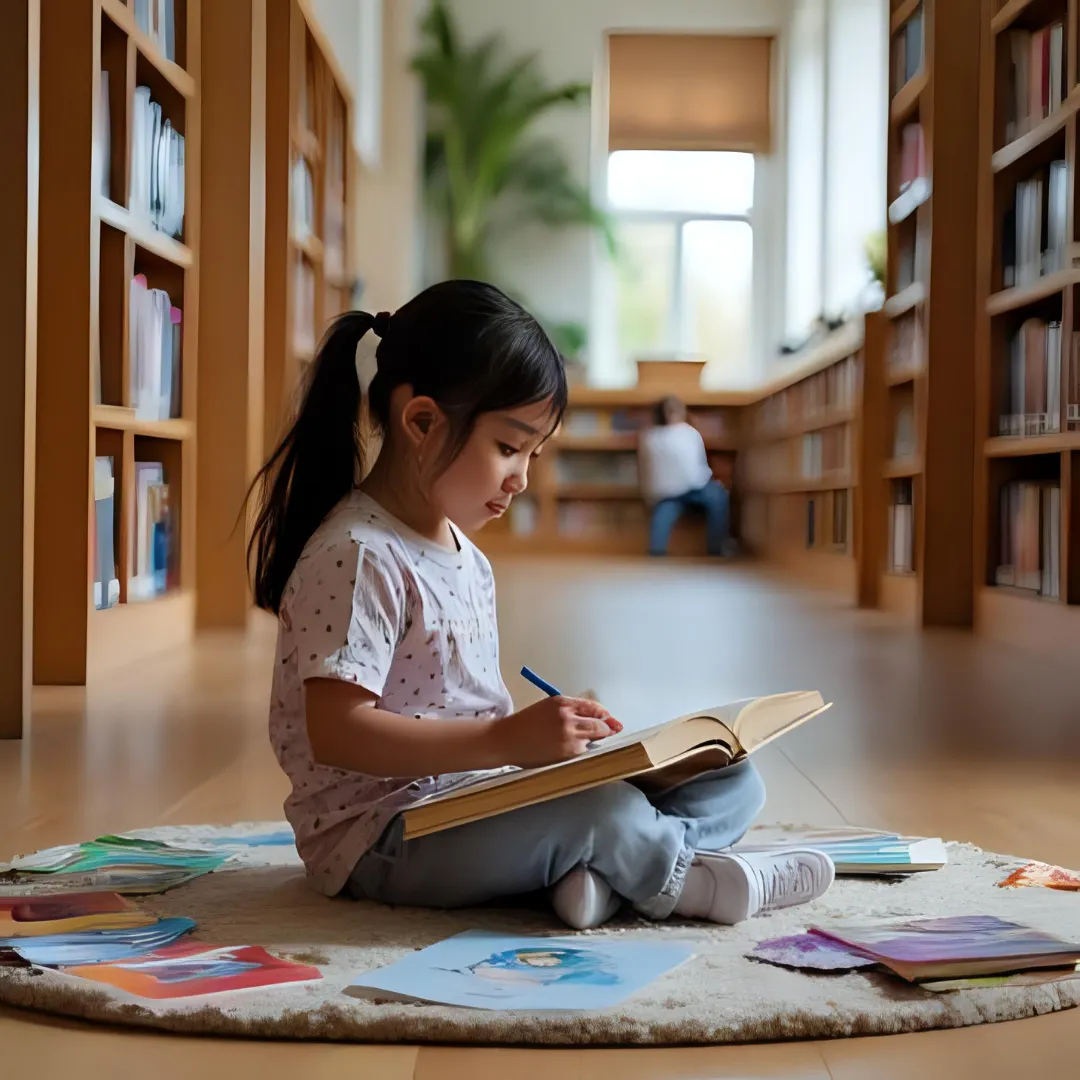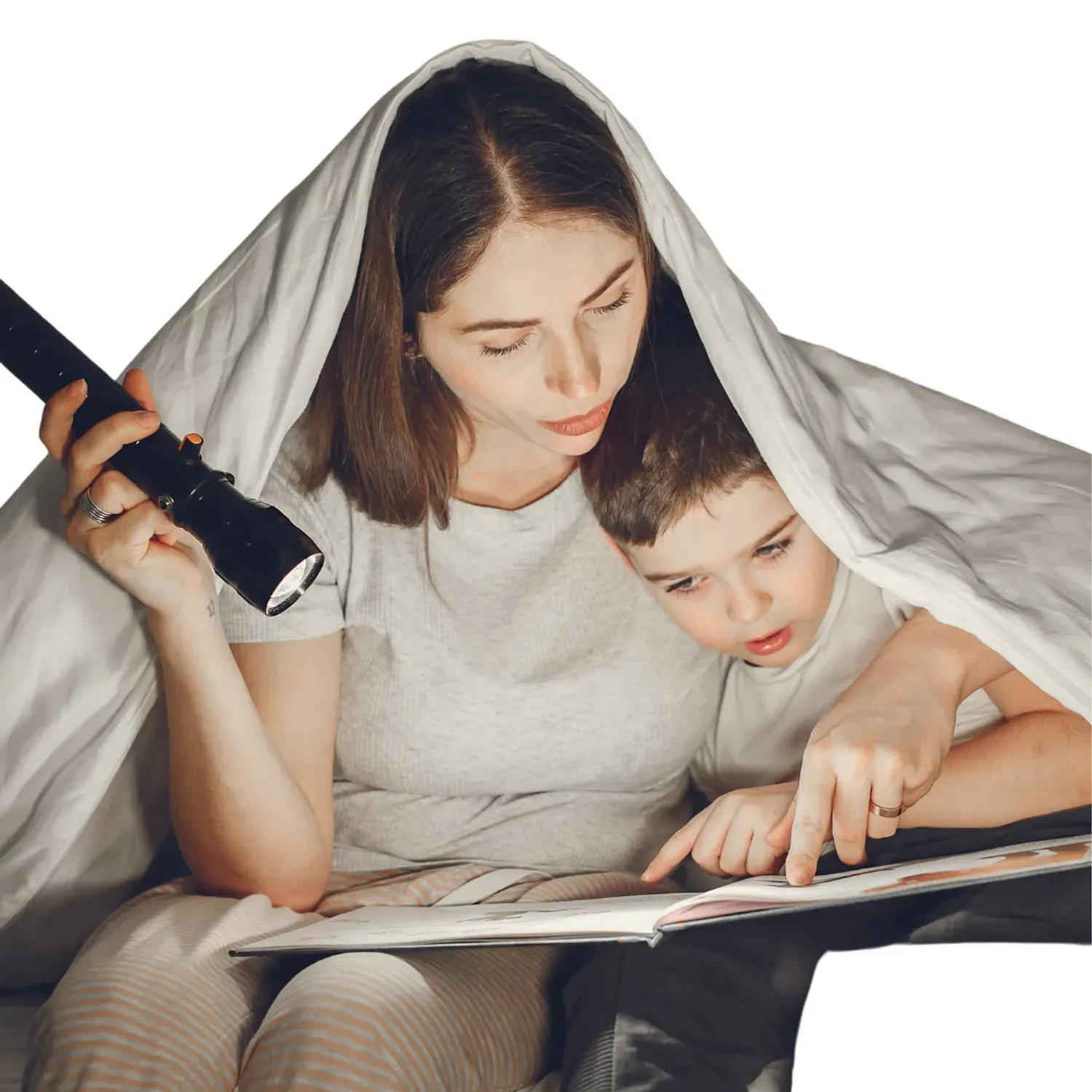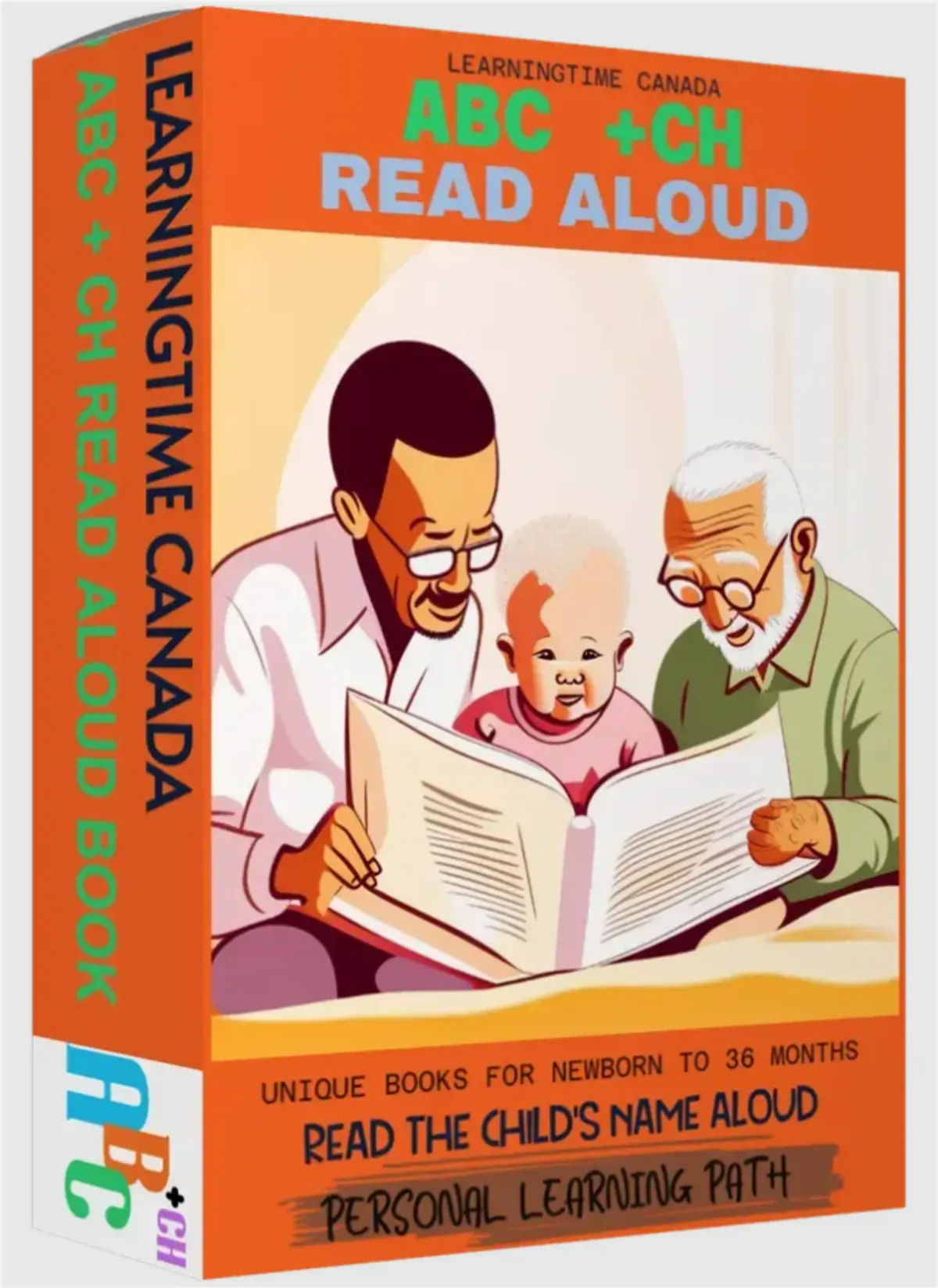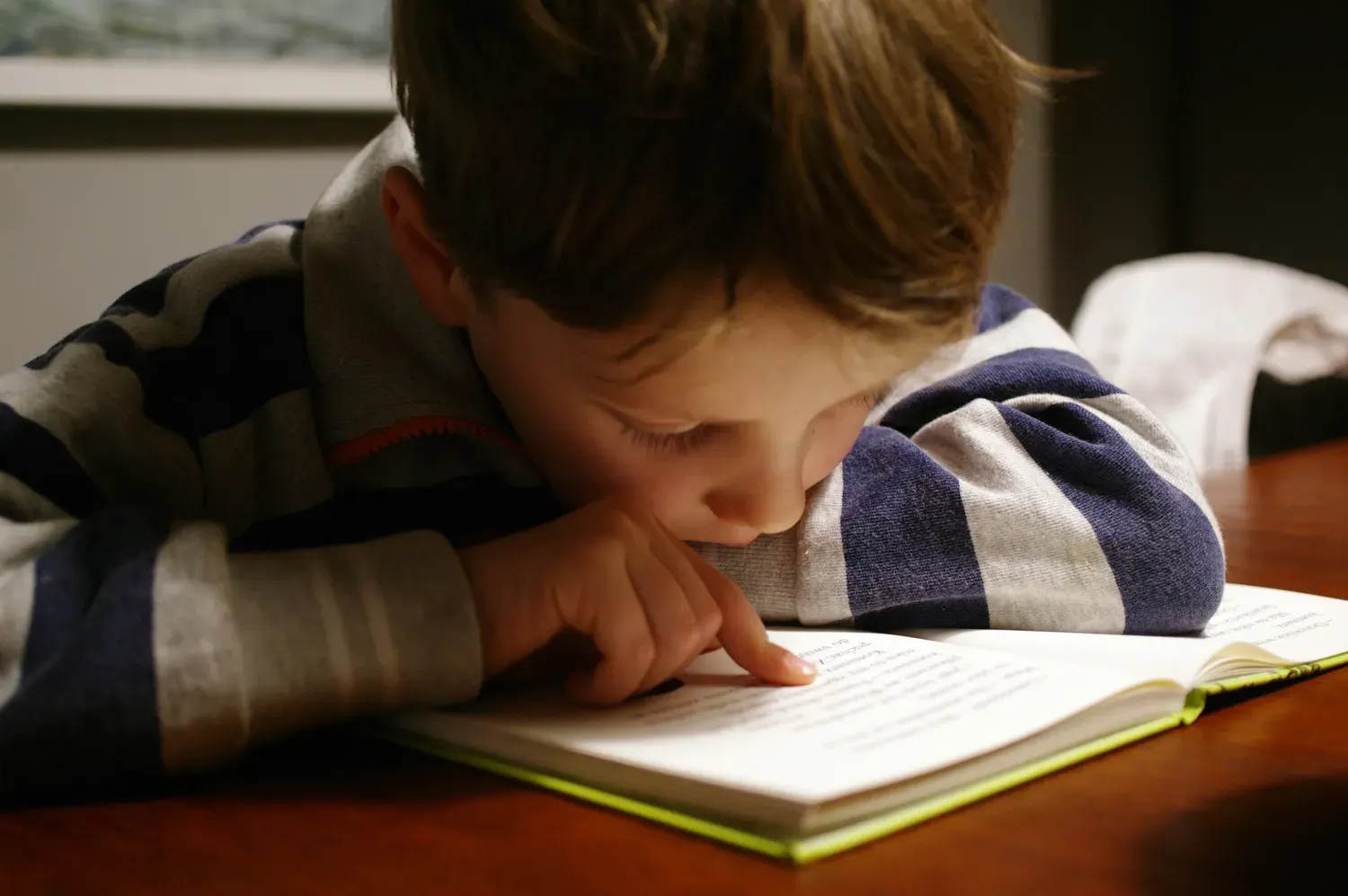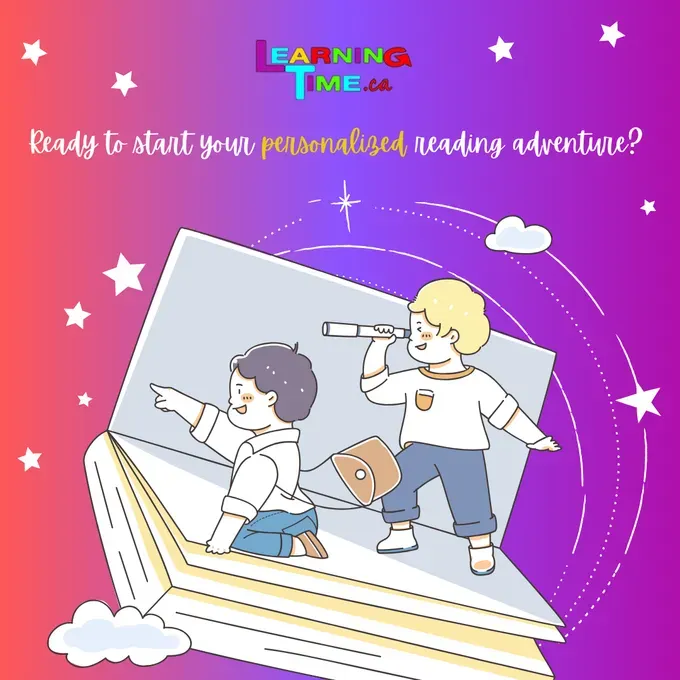Beginner's Guide to Personal Learning Paths
Key Highlights
- Personalized learning paths offer a tailored approach to education, focusing on individual needs and learning styles.
- Learning paths empower students to take ownership of their learning journey and set personalized goals.
- The use of technology and online platforms can enhance personalized learning paths.
- Clear learning objectives and progress monitoring are essential in creating successful personal learning paths.
- Overcoming challenges and keeping students motivated are important factors in implementing personalized learning paths.
Introduction
In today's rapidly evolving educational landscape, a one-size-fits-all approach to learning is no longer effective. Students have diverse learning styles, interests, and abilities, and it is crucial to provide them with personalized learning experiences that cater to their individual needs. Personalized learning paths, also known as individual learner pathways, offer a solution to this challenge by tailoring education to the specific requirements of each student.
A personalized learning path is a collection of courses and activities designed to help students master a particular subject or program. It allows students to progress at their own pace, focus on their areas of interest, and engage in learning activities that align with their learning style. By customizing the learning experience, personalized learning paths empower students to take ownership of their education and achieve better learning outcomes. This approach differs from traditional education methods, as it puts the learner in control and allows them to choose the path they want to take in order to achieve their learning goals. This is why it is also known as a learner elects approach.
In this beginner's guide to personal learning paths, we will explore the concept of personalized learning, its importance in education, and how to create effective learning paths for students. We will also discuss the role of technology in personalizing learning experiences and provide strategies for overcoming challenges in implementing personalized learning paths. This blog will serve as a valuable resource for educational institutions looking to improve student outcomes through personalized learning.
Understanding Personal Learning Paths
Personalized learning refers to an educational approach that tailors instruction and learning experiences to meet the individual needs and preferences of each student. It recognizes that students have different learning styles, interests, and abilities, and aims to provide them with customized learning experiences that engage and motivate them.
A learning path is a structured sequence of courses and activities that guide students through a specific learning journey. It outlines the steps students need to take to achieve their learning goals and helps them stay on track. By combining personalized learning with a structured learning pathway, educators can create a more effective and engaging learning experience for students. Understanding personal learning pathways is crucial for students to reach their full potential and achieve their career goals.
Defining Personal Learning Paths in the Context of LearningTime Canada
At LearningTime Canada, we define personal learning paths as a systematic approach to learning that allows students to progress at their own pace and according to their individual learning needs. We believe that every student is unique and has their own learning style and preferences. By providing personalized learning paths, we aim to create an environment where students can thrive and reach their full potential. If you have any questions or suggestions about our approach, please don't hesitate to email our Division Director, Jess DeCarolis, or our Personalized Learning Coordinator, Sigrid Olson.
A personal learning path at LearningTime Canada involves a step-by-step process that guides students through their learning journey. It starts with an assessment of their current skills and knowledge, followed by the identification of their learning goals and objectives. Based on this information, a customized learning plan is created, which includes a sequence of courses and activities designed to help students achieve their goals. Throughout the learning process, students receive feedback and support from experienced educators who monitor their progress and make adjustments as needed.

The Importance of Tailored Educational Approaches for Children
Tailored educational approaches, such as personalized learning paths, are essential for children as they recognize and respond to the unique needs, interests, and learning styles of each student. Every child has different strengths, weaknesses, and preferences, and a one-size-fits-all approach to education may not effectively address their individual needs.
By implementing personalized learning paths, educators can cater to the specific interests and abilities of each child, providing them with tailored experiences that promote engagement and motivation. This individualized approach allows children to learn at their own pace, explore subjects of interest, and develop a deeper understanding of the content. By meeting the unique needs of each child, personalized learning paths can enhance learning outcomes and foster a love for learning.
Preparing for a Personal Learning Journey
Before embarking on a personal learning journey, it is important to set clear learning goals and objectives. These goals will serve as a roadmap for the learning path and provide a sense of direction and purpose. By identifying what you want to achieve, you can create a personalized learning path that aligns with your interests and needs, including individualized goals and objectives.
In addition to setting learning goals, it is also important to gather the essential tools and resources for effective learning. These may include textbooks, online courses, educational apps, and interactive learning materials. By having the right tools at your disposal, you can enhance your learning experience and make the most of your personal learning journey.

Essential Tools and Resources for Effective Learning Paths
- Textbooks and reference materials: Traditional textbooks and educational resources provide a solid foundation of knowledge and serve as a valuable reference throughout the learning process.
- Online courses and educational apps: Online courses and educational apps offer interactive and engaging learning experiences, allowing students to learn at their own pace and explore different subjects.
- Interactive learning materials: Interactive learning materials, such as simulations, games, and virtual reality experiences, provide hands-on learning opportunities and enhance understanding.
- Peer collaboration and support: Collaborating with peers and participating in group discussions can help broaden perspectives, exchange ideas, and deepen understanding.
- Feedback and assessment tools: Regular feedback and assessments are crucial for monitoring progress, identifying areas for improvement, and reinforcing learning.
By utilizing these tools and resources, students can create effective learning paths that cater to their individual needs and enhance their learning experience.
Identifying Your Child's Learning Style and Preferences
- Visual learners: Visual learners benefit from visual aids such as charts, diagrams, and videos. They prefer to see information presented in a visual format.
- Auditory learners: Auditory learners learn best through listening and speaking. They prefer listening to lectures, participating in discussions, and explaining concepts aloud.
- Kinesthetic learners: Kinesthetic learners learn through physical activities and hands-on experiences. They prefer activities that involve movement, such as experiments, role-plays, and interactive games.
- Reading/Writing learners: Reading/Writing learners prefer to learn through reading and writing. They benefit from taking notes, summarizing information, and writing essays or reports.
By identifying your child's learning style and preferences, you can customize their learning path to suit their individual needs. Incorporating different learning activities and resources that align with their learning style can enhance their engagement and understanding of the content.
Step-by-step Guide to Creating Personal Learning Paths
Creating a successful personal learning path involves a step-by-step approach that integrates learning goals, materials, and methods tailored to individual needs. By following these steps, you can develop an effective personal learning path strategy:
- Establish clear learning goals and objectives that align with your interests and aspirations.
- Select appropriate learning materials and activities that cater to your learning style and preferences.
- Integrate interactive and engaging learning methods to enhance understanding and retention.
- Monitor your progress and make adjustments as needed to stay on track and achieve your learning goals.
By following this step-by-step guide, you can create a personal learning path that is tailored to your needs and supports your learning journey.
Step 1: Establish Clear Learning Goals and Objectives
The first step in creating a personal learning path is to establish clear learning goals and objectives. These goals will serve as a roadmap for your learning journey and provide direction and purpose. When setting learning goals and objectives, consider the following:
- What do you want to learn or achieve?
- How will you measure your progress and success?
- What resources and tools will you need to accomplish your goals?
By clearly defining your learning goals and objectives, you can create a personalized learning path that aligns with your interests and aspirations. These goals will guide your choice of learning materials, activities, and methods, ensuring that your learning path is focused and purposeful.
Step 2: Select Appropriate Learning Materials and Activities
Once you have established your learning goals and objectives, the next step is to select appropriate learning materials and activities. Consider your learning style and preferences when choosing materials and activities that will engage and support your learning journey. Some examples include:
- Textbooks and reference materials
- Online courses and educational apps
- Interactive learning materials such as simulations and virtual reality experiences
- Collaborative learning activities such as group projects and discussions
By selecting materials and activities that align with your learning style and preferences, you can enhance your understanding and retention of the content. This will make your learning experience more engaging and effective.
Step 3: Integrate Interactive and Engaging Learning Methods
To ensure an effective and engaging learning experience, it is important to integrate interactive and engaging learning methods into your personal learning path. Some methods to consider include:
- Hands-on experiments and practical activities
- Virtual simulations and games
- Interactive quizzes and assessments
- Group discussions and collaborative projects
By incorporating these methods, you can actively engage with the content, deepen your understanding, and enhance your learning experience. Interactive and engaging learning methods promote active participation and critical thinking, making your learning path more effective and enjoyable.
Step 4: Monitor Progress and Make Adjustments as Needed
Throughout your personal learning path, it is essential to monitor your progress and make adjustments as needed. Regularly assess your understanding of the content and evaluate your progress towards your learning goals. Some strategies for monitoring progress and making adjustments include:
- Self-assessment quizzes and tests
- Periodic reviews and reflections on your learning journey
- Seeking feedback from peers and educators
- Adjusting your learning plan based on feedback and reflection
By monitoring your progress and making adjustments along the way, you can ensure that your personal learning path remains effective and aligned with your goals. This continuous evaluation and adjustment process will enhance your learning experience and help you achieve your desired outcomes.
Incorporating Technology in Personal Learning Paths
Technology plays a crucial role in personal learning paths, enabling learners to access a wide range of resources, collaborate with peers, and engage in interactive learning activities. By incorporating technology, educators and learners can create a more personalized and dynamic learning experience, allowing individuals to develop new skills and stay up-to-date in a rapidly changing job market. Some ways to incorporate technology in personal learning paths include:
- Utilizing online platforms and learning management systems (LMS)
- Exploring educational apps and digital tools
- Incorporating multimedia resources such as videos, podcasts, and interactive simulations
By leveraging technology, learners can access learning materials anytime, anywhere, and customize their learning experience to suit their needs and preferences. Technology enhances the effectiveness and efficiency of personal learning paths, making learning more engaging and accessible.
Leveraging Online Platforms and Educational Apps
Online platforms and educational apps offer a wealth of resources and interactive learning opportunities that can enhance personal learning paths. These platforms and apps provide access to a wide range of courses, materials, and tools that cater to different learning styles and interests. Some benefits of leveraging online platforms and educational apps, such as Google Classroom and Schoology, include:
- Flexibility and accessibility: Learners can access learning materials anytime, anywhere, and at their own pace.
- Interactive and engaging content: Platforms and apps often include simulations, videos, and quizzes that promote active learning and critical thinking.
- Collaboration and networking: Learners can connect with peers, collaborate on projects, and exchange ideas and resources.
By leveraging online platforms and educational apps, learners can enrich their personal learning paths and enhance their learning experience.
The Role of Digital Tools in Customizing Learning Experiences
Digital tools play a vital role in customizing learning experiences and personalizing learning paths. These tools offer a wide range of features and functionalities that allow learners to tailor their learning to their individual needs and preferences. Some ways digital tools can customize learning experiences include:
- Adaptive learning platforms: These platforms use algorithms to analyze learner performance and provide personalized recommendations and feedback.
- Learning management systems: LMS platforms enable learners to track their progress, access learning materials, and collaborate with peers and educators.
- Multimedia resources: Digital tools provide access to a variety of multimedia resources, such as videos, podcasts, and interactive simulations, that cater to different learning styles.
By leveraging digital tools, learners can create a customized learning experience that aligns with their unique needs and preferences, enhancing the effectiveness and engagement of their personal learning paths.
Overcoming Challenges in Personal Learning Paths
Implementing personal learning paths can present challenges that need to be addressed to ensure their effectiveness. By being aware of these challenges and implementing strategies to overcome them, educators can create a more successful personalized learning environment. Some common challenges in personal learning paths include:
- Time management and self-discipline: Learners need to manage their time effectively and stay motivated to complete their learning tasks.
- Access to resources and technology: Ensuring learners have access to the necessary resources and technology to engage in their personalized learning paths.
- Assessment and feedback: Providing timely and meaningful feedback to learners to support their progress and growth.
By addressing these challenges through strategies such as time management techniques, providing adequate resources, and implementing effective assessment and feedback systems, educators can create a supportive and successful personalized learning environment.
Addressing Common Obstacles in Tailored Education
Tailored education, such as personalized learning paths, can face common obstacles that need to be addressed to ensure its successful implementation. These obstacles can include:
- Resistance to change: Some students, educators, and parents may resist the shift towards personalized learning, preferring a more traditional approach.
- Lack of resources and infrastructure: Implementing personalized learning paths requires access to technology, resources, and infrastructure that may not be readily available.
- Training and support for educators: Educators may require training and support to effectively implement and manage personalized learning paths.
To address these obstacles, education stakeholders must prioritize and invest in the necessary resources, training, and support systems. By addressing these obstacles, educators can create a more inclusive and effective learning environment that meets the unique needs of every learner.
Strategies for Keeping Your Child Motivated and Engaged
Keeping children motivated and engaged in their personal learning paths is essential for their success. Here are some strategies to consider:
- Set realistic goals and celebrate achievements: Break down long-term goals into smaller, achievable milestones and celebrate each milestone reached.
- Provide choice and autonomy: Allow children to have a say in their learning by giving them choices in topics, resources, and activities.
- Incorporate real-world relevance: Connect learning to real-life situations and show children how their learning can be applied in practical contexts.
- Provide timely and constructive feedback: Offer feedback that is specific, timely, and focused on improvement to keep children motivated and engaged.
- Foster a positive learning environment: Create a supportive and encouraging learning environment that values effort, curiosity, and growth.
By implementing these strategies, parents and educators can create a motivating and engaging learning experience that supports children's personal learning paths.
Conclusion
Personalized learning paths are a powerful tool for nurturing your child's educational journey. By tailoring learning experiences to their unique needs, you can enhance engagement and foster a love for learning. Establish clear goals, leverage interactive tools, and monitor progress to adapt dynamically. Technology plays a vital role in this process, offering a myriad of resources and platforms to customize education. Overcoming challenges is part of the journey, but strategies exist to keep motivation high. Embrace the potential of personal learning paths and unlock your child's full educational potential. For more guidance on creating enriching learning experiences, feel free to get in touch with us.
Frequently Asked Questions
What is the best way to start with personal learning paths for my child?
The best way to start with personal learning paths for your child is to first understand their learning style and preferences. Then, work with your child's teacher or an educational expert to create a tailored learning plan that aligns with their individual needs and interests.
How can I ensure the learning path adapts to my child's changing needs?
To ensure the learning path adapts to your child's changing needs, regularly assess their progress, provide opportunities for feedback and reflection, and make adjustments to the learning plan as needed. Communication with your child's teacher or educational expert is key in ensuring their learning path remains relevant and effective.
How to make learning even more personalized and effective?
To make learning even more personalized and effective, consider incorporating elements such as real-world examples, hands-on activities, and projects that align with your child's interests and goals. Providing opportunities for choice and autonomy in their learning journey can also enhance personalization and engagement.














